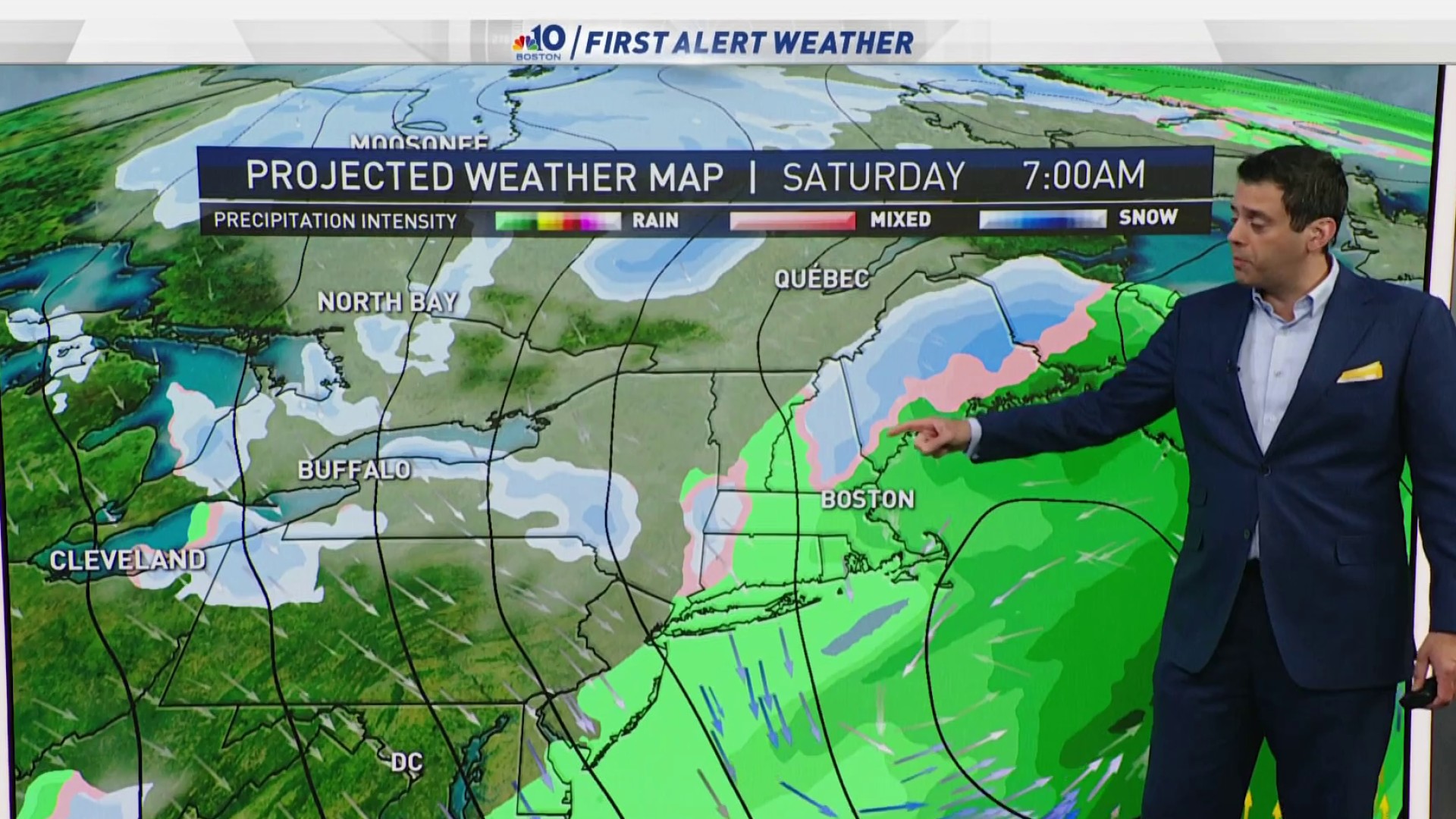
It was a fundraiser to help those in need during the Great Depression. Several years later, The Salvation Army in Chicago created the first National Donut Day in 1938. According to the organization, the volunteers also set up small huts near the front lines where they gave soldiers supplies and clothing as well. It wasn't just donuts they were supplying, of course. A mix of clouds and sun in the morning giving way to a few showers during the afternoon. Ultimately, the Salvation Army's goal was to provide spiritual and emotional support for the soldiers.

"The Salvation Army wanted to help our soldiers - so they have 200-300 volunteers called 'Donut Lassies' - who went out and lived on the front lines, took soldiers' helmets and filled them with oil and actually made fresh, comfort food donuts for all of our soldiers," Chef Joe explained. Lifeguards can give you advice on waves if you’re planning to go into the water.👀 Yes, it’s a great excuse to have that donut you’ve been thinking about 😂 ➡️BUT, there’s also an interesting story about how it all got started! Tune into The Morning Mix 9AM for the history + donut decorating + how you can get involved! /kG46mm1KXc- Courtney Cole June 2, 2023 Storm alerts, local weather radar, marine weather, current wind speed, wind forecast today and. If the arrow is parallel to or pointing away from land, the wave height is likely to be lower on the beach than it is offshore. Boston, MA hourly weather today, tomorrow, 10-day forecast. If the arrow points towards land, most of the waves’ power will reach the beach. It indicates how sheltered the beach will be from these waves. The arrow shows the average direction of the waves 1-2 miles out to sea. Lifeguards can give you advice on waves if you’re planning to go into the water. A long wave period (more than 10 seconds) means the waves at the beach may be more powerful. This is the average number of seconds between one wave and the next, 1-2 miles out to sea. Read more about calculating the expected height of the waves at the beach. What Boston meteorologists are saying about the wildfire smoke and weather Wednesday and moving forward 'Smoke continues to create poor air quality today, but it should thin as the day. If you are close to the water, keep an eye on the waves to stop you or your belongings being swept away.

The individual waves out to sea or at the beach can be higher than this number. This is the average height of the waves, 1-2 miles out to sea. 11 Extreme - Avoid being outside during midday hours. 8-10 Very high - Spend time in the shade between 11am and 3pm. 6-7 High - Seek shade during midday hours, cover up and wear sunscreen. 3-5 Moderate - Take care during midday hours and do not spend too much time in the sun unprotected. No risk of UV - It’s safe to stay outside. UV exposure index and the protection required to help keep you safe: The higher the percentage of humidity, the wetter it will feel outside. If there is a lot of water vapour, the humidity will be high. Humidity is the amount of water vapor in the air. Visibility measures the distance at which an object can be clearly seen. Read more about how wind will affect you at the beach. The number is the average wind speed.īeware of offshore winds if you are using inflatables, paddle boards or kayaks. If the arrow points from land to sea, the wind will be blowing out to sea (‘offshore’). The arrow shows the direction of the wind (up is north). The number represents the average wind speed expected at that time. The letters show the direction the wind is blowing from (on a standard 16-point compass). The arrow shows the direction the wind is blowing. Strong winds are shown in bold for speeds of 29 mph or more. Wind gust shows the highest wind speed that you should encounter at that time, as winds peak and lull.

This gives you a better idea of how the temperature will actually feel at the time. You can see the temperature in Celsius or Fahrenheit by using the dropdown menu.įeels like temperature considers other factors, such as wind speed and humidity.

This number shows the air temperature for the time period. Chance of precipitation represents how likely it is that rain (or other types of precipitation, such as sleet, snow, hail and drizzle) will fall from the sky at a certain time.


 0 kommentar(er)
0 kommentar(er)
